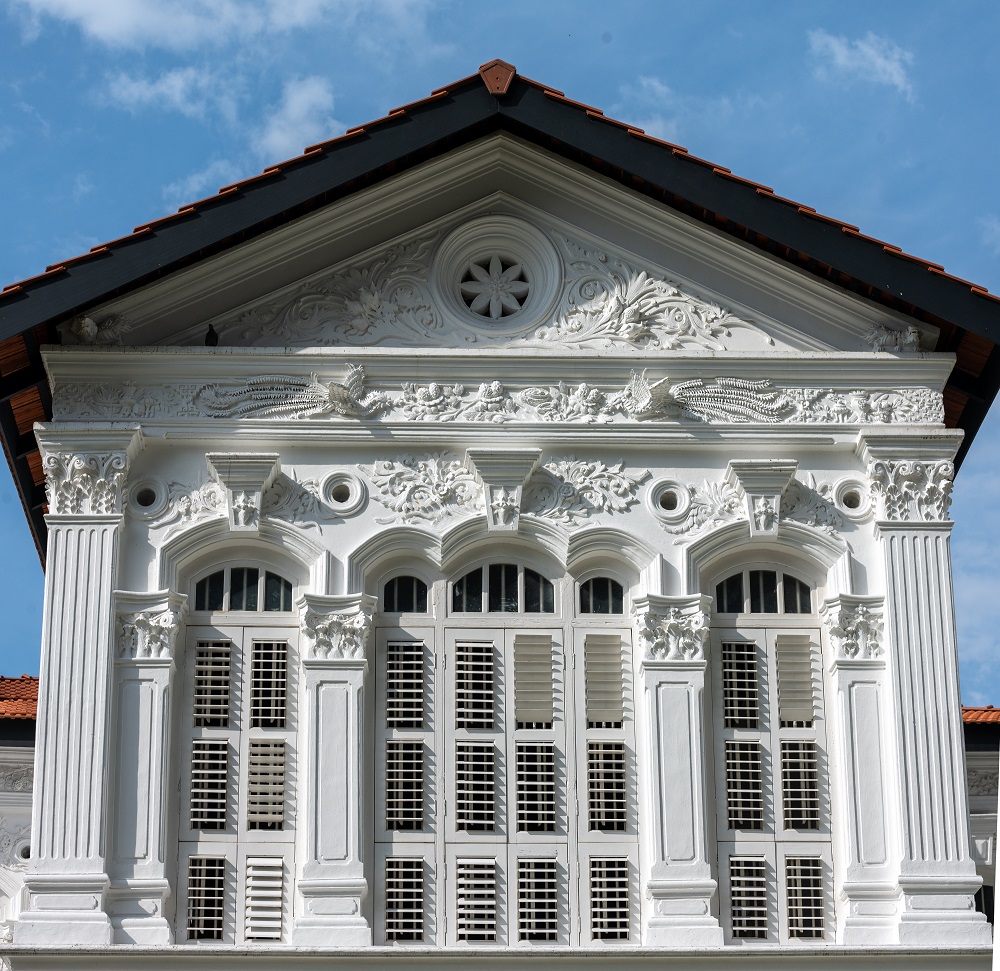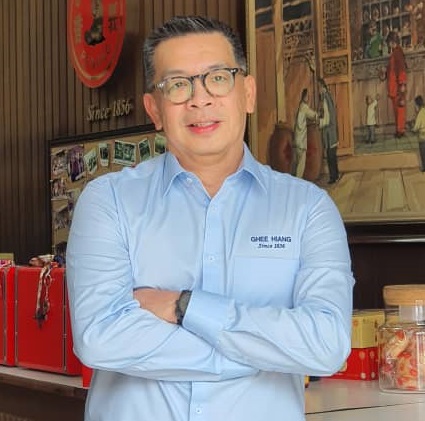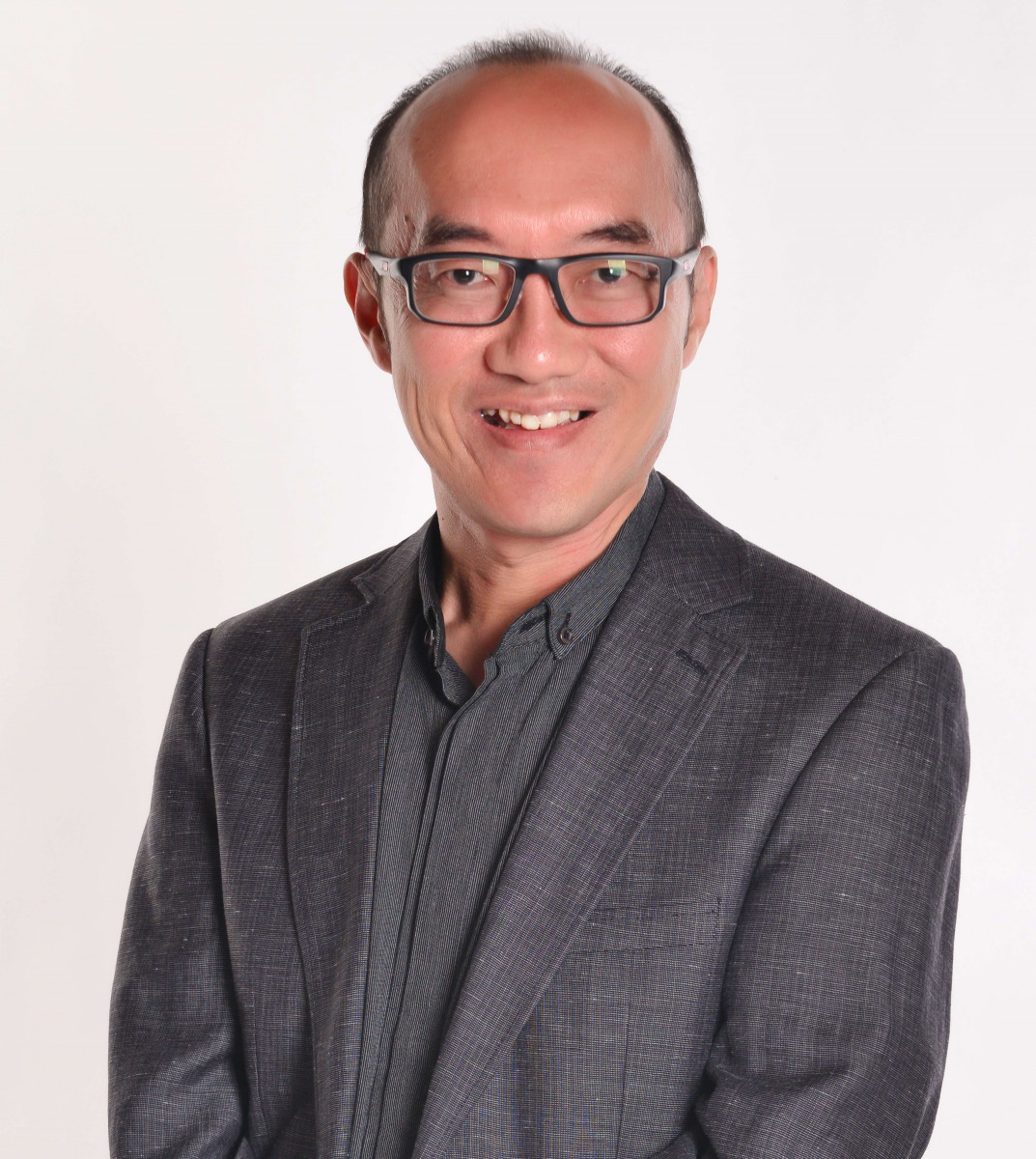Heritage building restored, childhood memories relived

Datuk Ooi Sian Hian could not hide the excitement of unveiling the century-old ancestor house to his siblings and cousins after about two years of restoration work.
The bungalow house 123 Macalister, located at Jalan Macalister, Penang was built in the 19th century. It has a land area of approximately 30,000 sq ft and built-up of 7,964 sq ft (after restoration).
It was also a place filled with many beautiful childhood memories for Ooi. He recalls that the bungalow unit, which was once his grandmother’s house, was a place where Ooi, his siblings, and cousins frequently visited during the weekends when they were young. “The house was full of laughter and joy. During the daytime, we would be playing softball, baseball and cycling at the compound of the house, until my aunties called us for dinner. Then we would go and shower and have dinner together. At night, we would play board games and card games in the house,” Ooi tells EdgeProp.my.

Century-old bungalow
The 123 Macalister was one of the buildings located in the city of George Town, which obtained the UNESCO World Heritage Site status in 2008. There are about 1,904 buildings within the 109.38ha Core Zone of the heritage site. It is also one of the thousands of buildings that requires local authority’s approval before any development works can be done.
One of the earliest owners of the 123 Macalister was Khoo Loon Teik, who purchased the bungalow unit from the estate of Tan Chong Keat, a local businessman, who passed away in 1926. The unit was then sold to the Tang family, which Ooi’s maternal grandmother was a part of, until the early 21st century.
After Ooi’s grandmother had passed away, the bungalow was passed on to his uncle, who later passed it on to his cousins. However, due to various reasons, after the last occupant passed away, no one stayed in the bungalow, which led to it being desecrated.
In 2017, Ooi and his siblings decided to purchase the house, and as an architect himself, he decided to be more hands-on with the restoration work, with the help of his architect friends, one of them being Ar Au Tai Yeow.
In fact, this was not Ooi’s first restoration gig. Ooi, who is also one of the partners of Ghee Hiang, the maker of the famous tao sah biscuits, had previously restored the Ghee Hiang building, which is located just opposite 123 Macalister.
Even though Ooi had experience in restoring heritage buildings, he admits that the restoration journey was not a stroll in the park.
“The building had lost all its windows and frames, the roof was collapsing, the upper timber floor joists were all stolen and we were left with a structure which looked like a cathedral upon entry,” Ooi recounts.
Despite the poor condition though, Ooi said he was thankful that the structure of the bungalow was still strong.
“The bare bones of the main building were still solid and that in itself saved us a lot of money. We had to only rebuild the annex at the rear from scratch and reinstall the roof, roof trusses, timber floorboards and joints plus all the doors and windows,” he notes.
He has also taken out all the six bedrooms on the upper floor, and turned it into a big, vast, open hall -- allowing future occupants the flexibility to repurpose the floor.
Sourcing for materials from same era
Another challenge Ooi and Au faced was the sourcing of materials. As 123 Macalister is one of the heritage buildings in Penang, it is a requirement that materials used in the restoration work have to come from the same era of the building – so that the building is restored to be as authentic as possible.
“Sourcing the right and correct materials to reflect the period the building was built proved challenging in masonry artisanship as well as carpentry for the solid wooden doors and staircases,” Ooi says.
Other challenges include keeping restoration cost manageable, as well as obtaining authorities’ approvals, notes Ooi, who is in the midst of converting the property’s usage from residential to commercial.

Au adds that besides costs, other factors affecting conservation are the lack of know-how, the bureaucracy involved and for properties with multiple owners, no consensus on the direction of the property.
“Heritage buildings require more maintenance compared to other types of properties. And the requirement for authentic materials also means that construction cost is high,” he explains.
Despite the challenges he faced, Ooi does not regret the restoration journey he has embarked on.
“Selling it was always an easier option than restoring the building. But bringing back the beauty of the building and leaving a part of history for Penangites and our children was a quest worth going into. We wanted to bring back the former glory of this stately building,” he said.
Get the latest news @ www.EdgeProp.my
Subscribe to our Telegram channel for the latest stories and updates
Never miss out
Sign up to get breaking news, unique insights, event invites and more from EdgeProp.
Latest publications
Malaysia's Most
Loved Property App
The only property app you need. More than 200,000 sale/rent listings and daily property news.
